Debunking More Myths About Hiking in Japan
You’d think most of the common misconceptions about hiking in Japan would’ve been put to rest by now, but a few still stubbornly hang around. Whether you’re new to the trails or have been hiking here for years, it’s easy to come across advice that doesn’t quite match reality. In this post, I take a look at five more myths that deserve a second glance – and hopefully clear up a bit of confusion along the way.
#6 Japanese Hikers Are Always Polite and Reserved
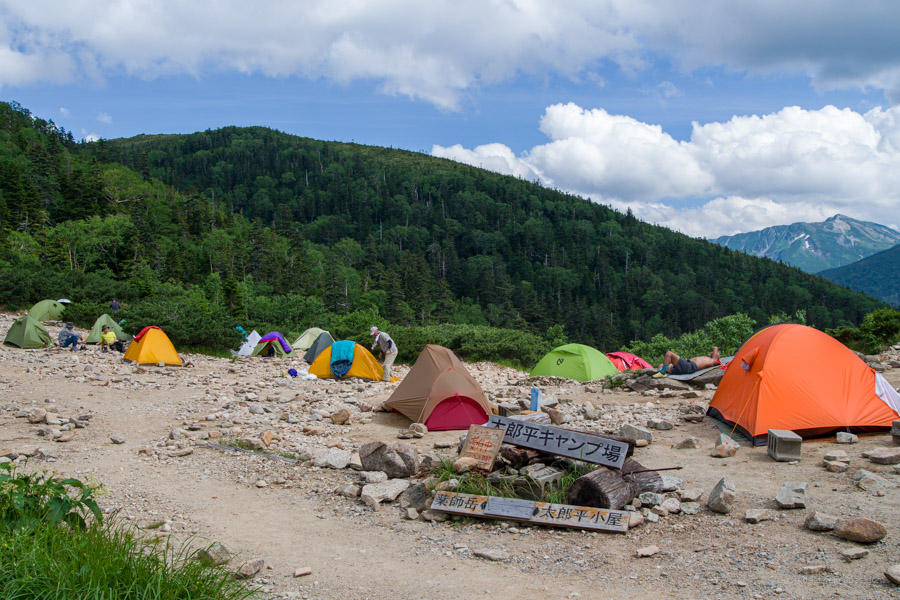
There’s a popular image of Japanese hikers as quiet, respectful, and sticklers for the rules. And yes, plenty are. But trail culture varies depending on where you are, what time of year it is, and who’s out hiking.
You might run into rowdy groups, middle-aged guys puffing away at the summit, or arrive at camp worn out only to find the neighbouring tent crew cracking open their second round of beers. Politeness is common – but don’t expect every outing to feel like a serene mountain retreat.
Reality: Like anywhere, Japan’s trails attract all sorts. Set realistic expectations, stick to quieter routes when you can, and be the kind of hiker you’d want to share the trail with.
#7 Only the Japanese Alps Are Worth Hiking
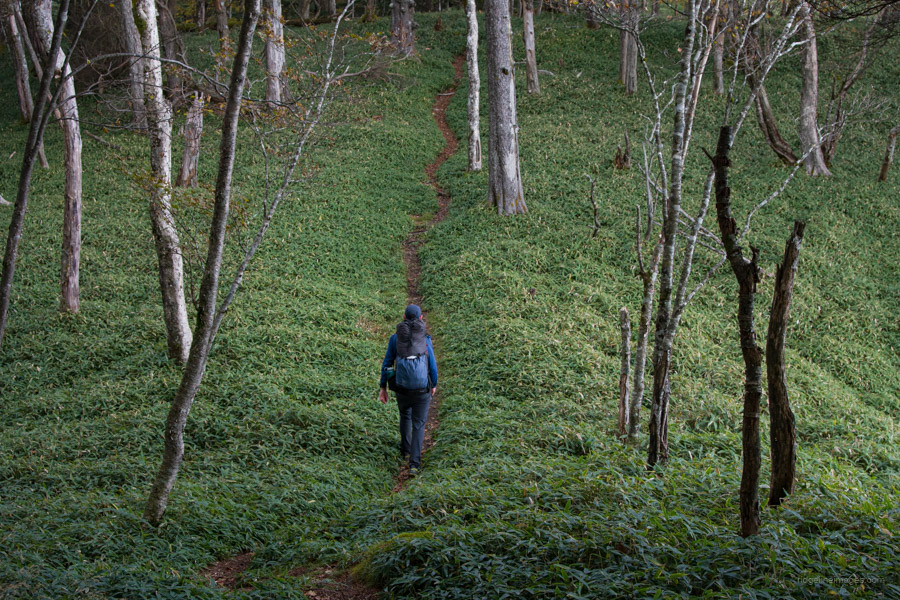
The Japan Alps get a lot of attention – and for good reason. But they’re far from the only game in town. Japan is full of spectacular, lesser-known mountain ranges that offer just as much challenge and beauty, often with far fewer people.
Places like Okuchichibu, Yatsugatake, and Daisetsuzan in Hokkaido feature rugged multi-day routes, stunning alpine scenery, and rich backcountry experiences – often with fewer people or fanfare of the Alps. You won’t always save time or effort to get there, but you’ll likely gain solitude and a deeper connection with the mountains.
Reality: Some of Japan’s most rewarding hikes lie beyond the Alps – waiting in quieter, wilder corners of the country.
#8 You Need the Latest and Greatest Gear
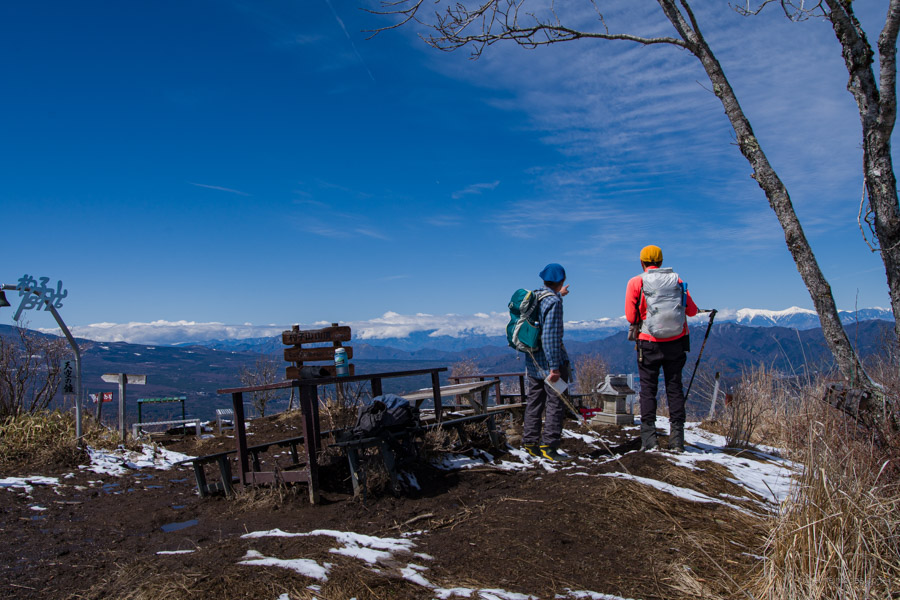
Walk into any Montbell store, and you’d be forgiven for thinking you need a full kit overhaul before hitting the trail. But in reality, plenty of hikers get by just fine with older or even homemade gear.
Workman Plus has surprisingly solid hiking clothes at a fraction of the price, and it’s not uncommon to see local hikers in rural areas wearing mismatched, well-worn outfits. What matters more is knowing your route, dressing for the conditions, and bringing what you actually need – not the newest thing on the shelf.
Reality: Solid planning and basic fitness matter more than flashy gear. Good footwear, proper layers, and a bit of common sense go a long way in Japan’s mountains.
#9 Most Mountains in Japan Are Overdeveloped
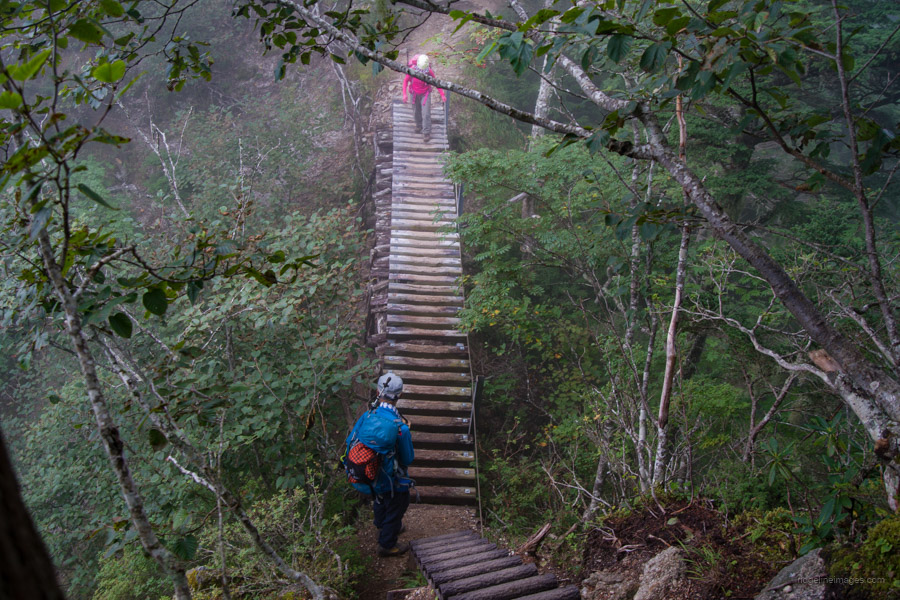
Some folks imagine that hiking in Japan means vending machines at the summit and tourist-friendly walkways all the way up. And sure, a few heavily trafficked peaks like Takao-san or Tsukuba-san lean that way – but they’re the exception.
Step off the main tourist trails and you’ll find faded signs, crumbling ridgelines, and untouched forest. Japan has an incredible range of hiking terrain, from family-friendly paths near the city to remote backcountry routes with ladders, fixed chains, and dodgy old bridges.
Reality: Japan’s hiking scene runs the full spectrum – from manicured to wild. You just have to choose the kind of adventure you’re after.
#10 You Need to Speak Half-Decent Japanese to Hike Safely
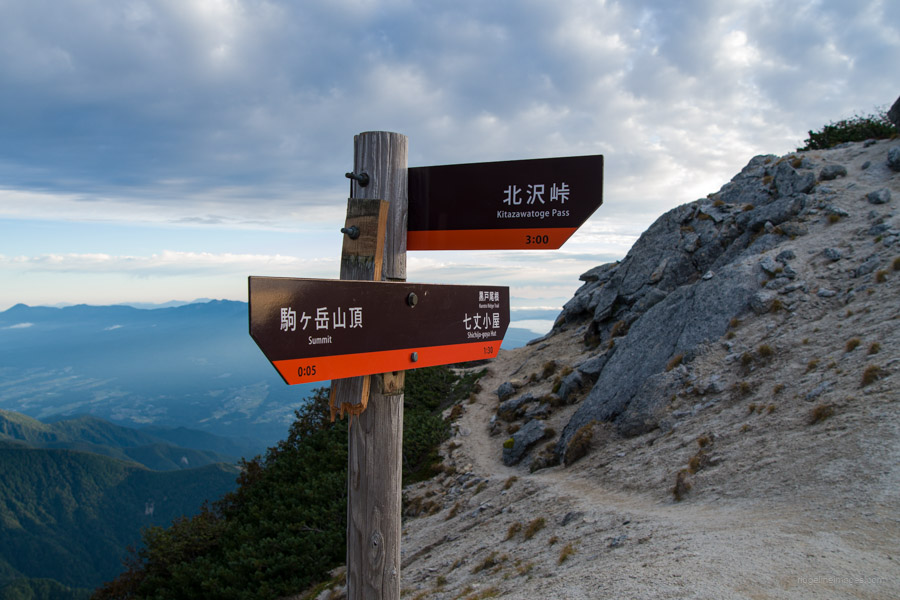
It’s easy to assume hiking in Japan requires solid Japanese skills. And while it certainly helps, you don’t need to be fluent to get by.
Most popular routes are well-signed, and apps like YAMAP (which offers a partial English interface and GPS-based offline maps) make navigation a lot easier. At huts, staff usually understand some basic English, especially in busier areas. Sure, Yamareco is still Japanese-only, but with a bit of prep and the right tools, solo hiking is perfectly doable – even if you only know a few phrases.
Reality: A polite attitude, a good hiking app, and a bit of preparation matter more than language skills. Don’t let not speaking Japanese keep you from exploring the trails.
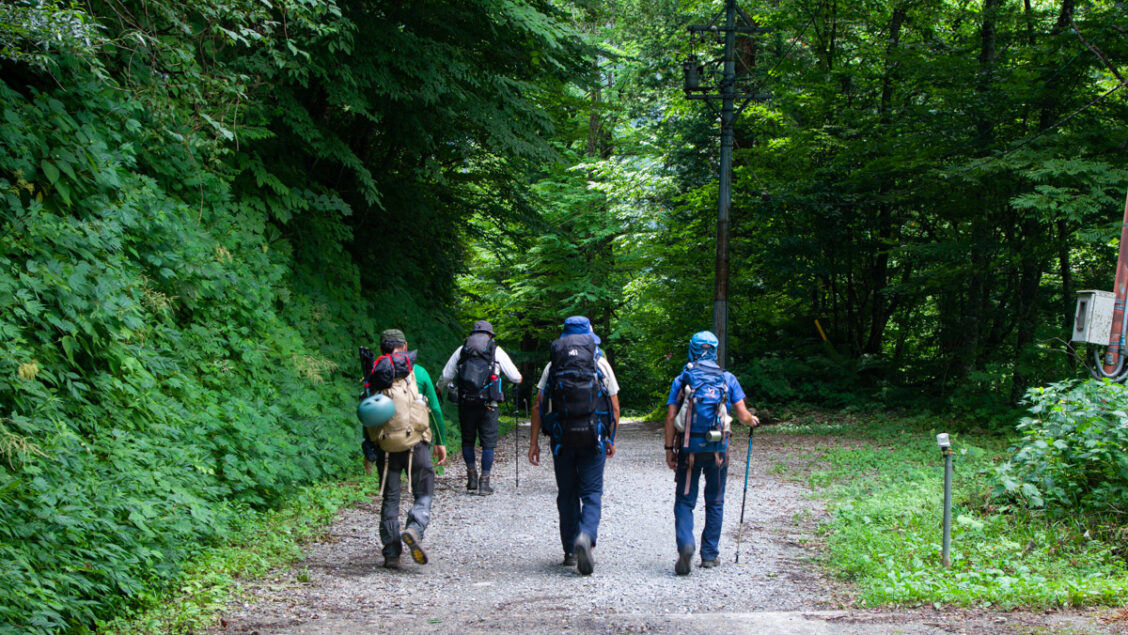
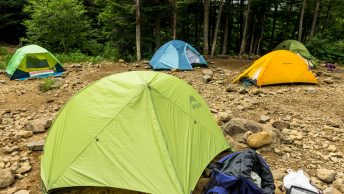

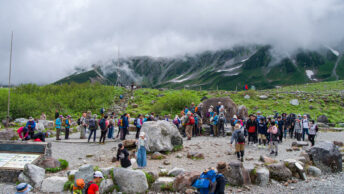
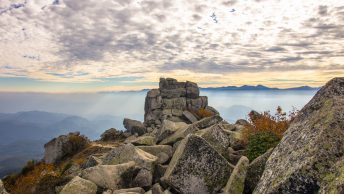
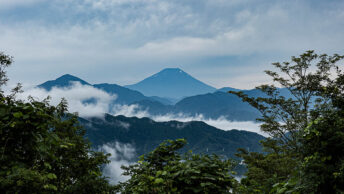

“The Japan Alps get a lot of attention … But they’re far from the only game in town.” Indeed, yes. Sobo-san last year reminded me how much there was to explore in Kyushu. Another way to diversify is hike/climb out of season – late into the autumn, or during the rainy season, for example. Yes, you have to manage the weather risks and the transport challenges. But you won’t be trampled to death by hordes of fellow hikers….
So true, PH and as you say, once you step away from the main island it opens up some great options. Some good tips to avoid the crowds, too.